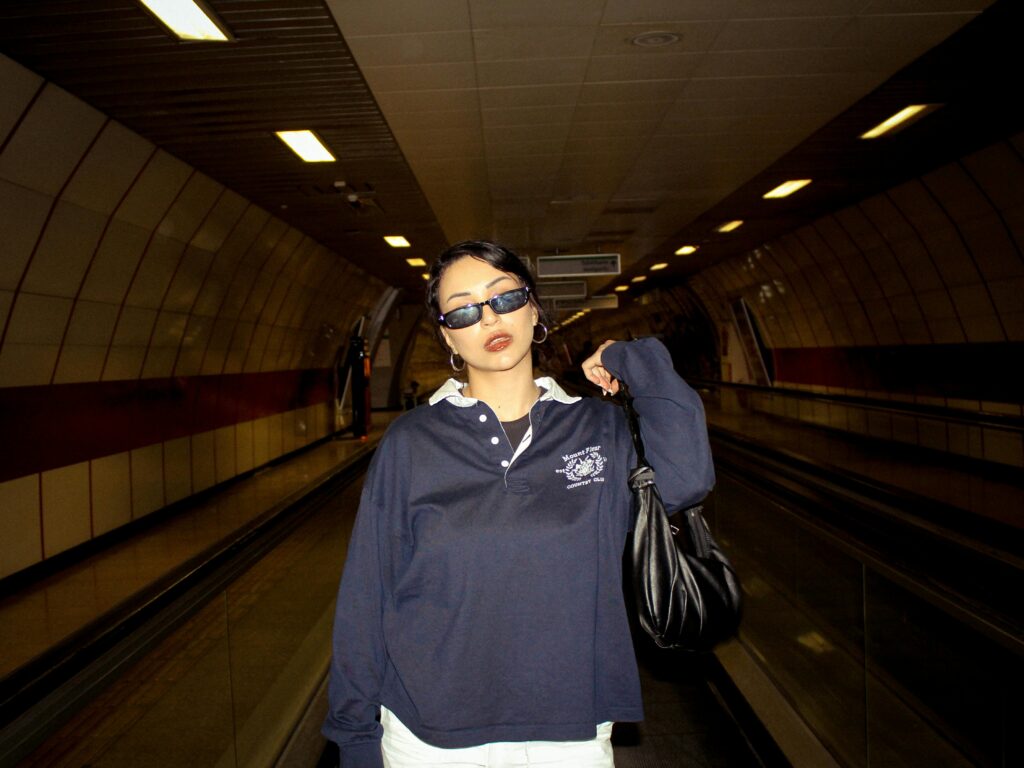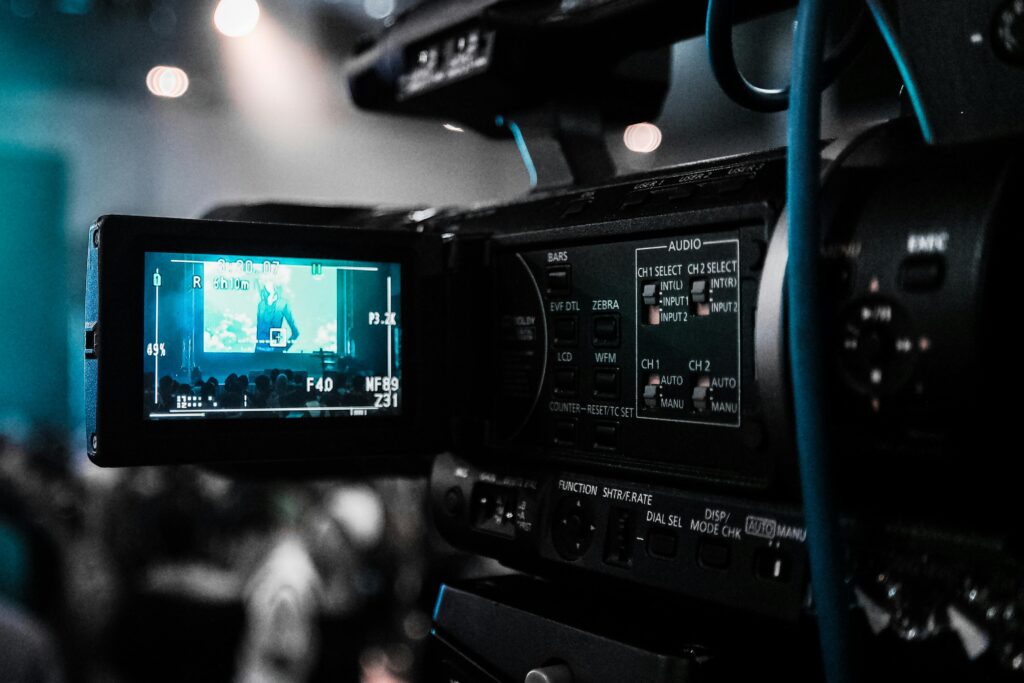Half lighting, commonly known as split lighting, is a fundamental technique in portrait photography that dramatically enhances the visual impact of an image. By illuminating one side of the subject’s face while leaving the other in shadow, photographers can create compelling and intense portraits. This article delves into the intricacies of half lighting, offering insights into its definition, applications, setup, and variations.
Understanding Half Lighting
Half lighting involves positioning a light source at a 90-degree angle to the subject, resulting in one side of the face being well-lit and the other side in shadow. This technique effectively ‘splits’ the face into two distinct halves, emphasizing facial features and textures. The stark contrast achieved through half lighting adds depth and drama to portraits, making it a favored choice among photographers aiming for a bold aesthetic.
Applications of Half Lighting
The dramatic effect of half lighting makes it suitable for various photographic genres:
- Portrait Photography: Enhances the subject’s features, adding intensity and depth to the image.
- Fashion Photography: Highlights glamour and sophistication, creating a striking visual impact.
- Cinematography: Conveys mood and character depth, often used to depict conflict or duality.
Setting Up Half Lighting
Implementing half lighting is straightforward and requires minimal equipment:
Essential Equipment
- Light Source: A strobe, continuous light, or even natural light can serve as the key light.
- Reflector (Optional): To control the intensity of shadows and add fill light if desired.
Step-by-Step Setup
- Position the Light: Place the light source directly to the side of the subject, at a 90-degree angle.
- Adjust Light Height: Align the light at the subject’s eye level to ensure even illumination.
- Control Shadow Intensity: Use a reflector on the shadowed side to soften shadows if a less dramatic effect is desired.
Variations and Enhancements
To add versatility to half lighting, consider the following variations:
Using Fill Light
Introducing a fill light or reflector can reduce the contrast between the lit and shadowed sides, offering a softer look while maintaining the depth characteristic of half lighting.
Incorporating Color Gels
Applying color gels to the light source can add mood and atmosphere to the portrait, allowing for creative expression and thematic consistency.
Common Questions About Half Lighting
- Is half lighting suitable for all face shapes? While it can be used for various face shapes, it’s particularly effective for adding definition to rounder faces.
- Can natural light be used for half lighting? Yes, positioning the subject near a window with light coming from one side can achieve a half lighting effect.
- What mood does half lighting convey? It typically conveys drama, intensity, and depth, making it ideal for emotive portraits.
Conclusion
Mastering half lighting empowers photographers to create portraits with profound impact and emotion. By understanding its principles and experimenting with variations, one can harness this technique to produce compelling and dynamic images.
For further reading on lighting techniques, consider exploring resources such as StudioBinder’s comprehensive guide on split lighting photography.


